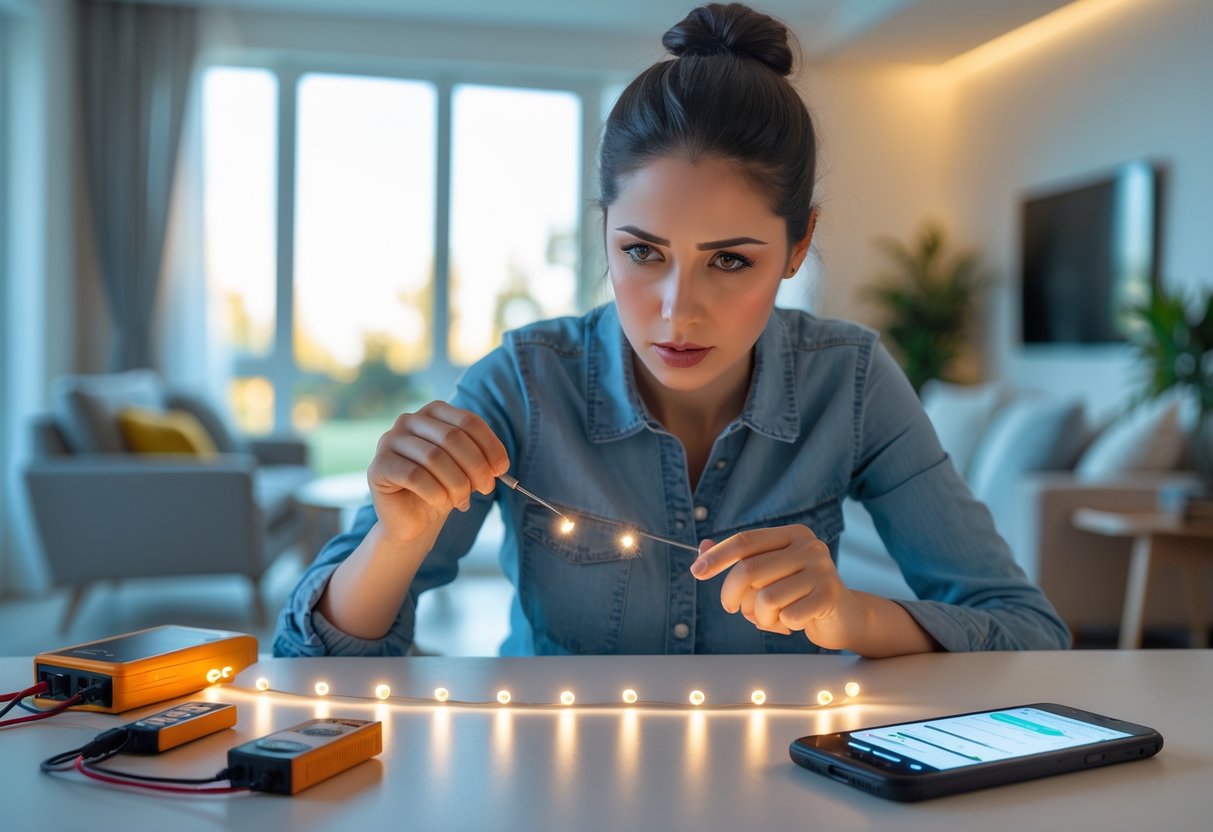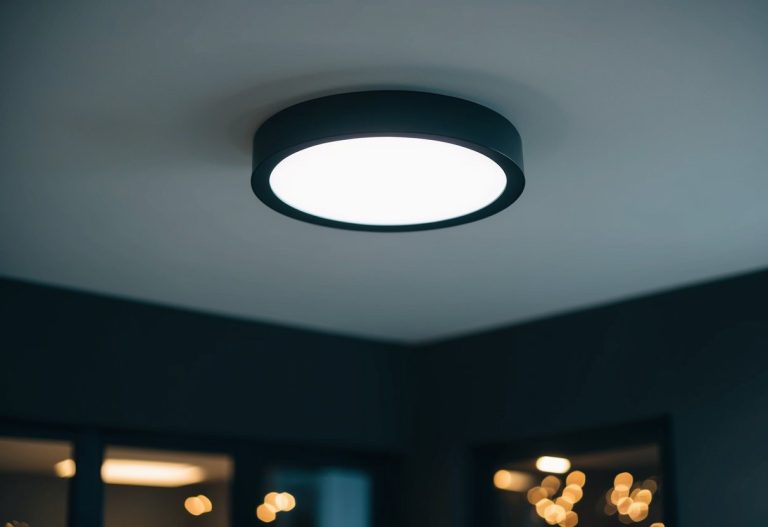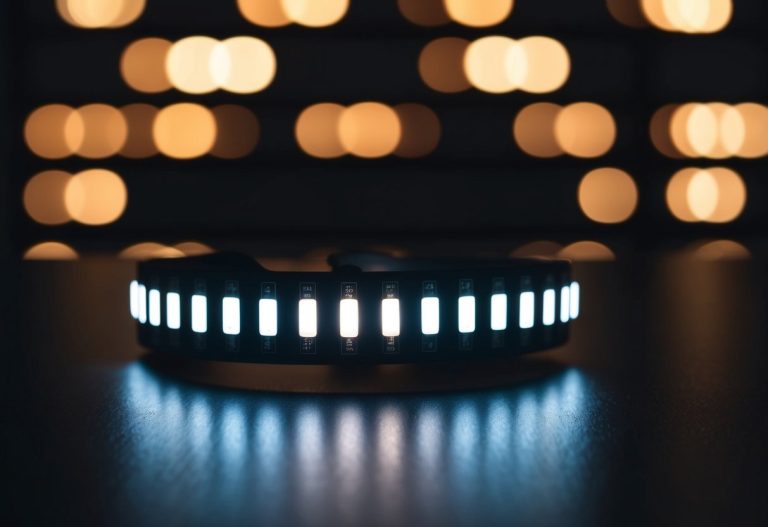If your LED lights suddenly stopped working, it can be frustrating and confusing. Most often, the problem comes down to a broken connection near the power supply, a faulty power supply itself, or an issue with the controller. These parts are key to keeping your lights on, and any failure here can cause your LEDs to go dark.
Sometimes, the wiring gets loose, or the power supply stops delivering electricity properly. Other times, the controller that manages the light patterns might be the culprit, especially if your lights flash on and off before going out. Knowing what to check first can save you time and help you fix the problem faster.
Common Reasons LED Lights Suddenly Stop Working

Your LED lights can stop working for a few main reasons. These include problems with the power supply, loose or faulty connections, and damage to the LED bulbs or strips themselves. Knowing what to check can help you fix the issue quickly.
Power Supply Issues
If your LED lights suddenly stop working, the first thing to check is the power source. Make sure your lights are plugged in securely and the outlet or power supply is working.
Sometimes, a power surge or drop can damage the power adapter. If the adapter feels hot or smells strange, it might be faulty. Also, check any batteries if your LEDs run on battery power.
Using a voltage tester can help you see if power is reaching your lights. If there’s no power, try a different outlet or replace the power supply to see if that fixes the issue.
Faulty Connections
Improper connections are a common cause of LED lights stopping. Check all plugs and connectors where the light strip connects to the power source or to other sections of the strip.
Pins or wires inside connectors can get loose or bent. Even a small misalignment can make the LEDs stop working.
If your lights have been moved or adjusted recently, the connections may have come loose. Carefully reconnect or reseat plugs and make sure clips are secure.
Tiny breaks or weak solder joints inside the strip can also cause sections to flicker or stop. Sometimes, gently pressing on the strip in spots can help find a bad connection.
Damaged LED Bulbs or Strips
Each LED bulb on the strip can fail on its own. If you notice only certain parts of the strip not lighting up, damaged LEDs might be the cause.
LEDs can burn out over time or because of overheating. If the strip gets very hot or was used longer than recommended, bulbs might fail.
Physical damage like bends, cuts, or water exposure can also harm LEDs or the wiring inside the strip. Inspect the strip closely for cracks or breaks.
If damage is found, you may need to replace the whole strip or sections of it, depending on the design. Some strips allow you to cut and replace small parts.
How to Troubleshoot and Restore Your LED Lights
Start by looking at where your LED lights get their power. Then, check all cables and connectors for any problems. If there are still issues, replacing the defective LEDs might be needed.
Inspecting the Power Source
First, make sure your LED lights are plugged into a working outlet. Try using the outlet with another device to confirm it has power.
Next, check the power adapter or transformer connected to your LED strip. Make sure it’s the right voltage and not damaged. If the adapter feels hot or smells burnt, replace it.
Sometimes, power surges or outages can cause damage. Use a surge protector to help avoid future problems.
Checking Cables and Connectors
Look closely at every wire and connector on your LED strip. Broken wires or loose connections can stop your lights from working.
Gently press connectors to ensure they fit snugly. Bent or damaged pins inside connectors often cause no power to reach your LEDs.
If you find any cuts, nicks, or exposed wires, replace or repair those cables. Avoid twisting or bending wires too much, as this can cause internal damage.
Replacing Defective LEDs
If some parts of your LED strip are dim or not lighting at all, individual LEDs may be defective.
Turn off the power before touching your strip. Look for LEDs that are cracked, blackened, or blinking oddly.
You can cut out the bad LEDs if your strip allows it. Use soldering or special connectors to replace them with new ones.
Test your strip after replacing the LEDs to confirm everything works correctly.


